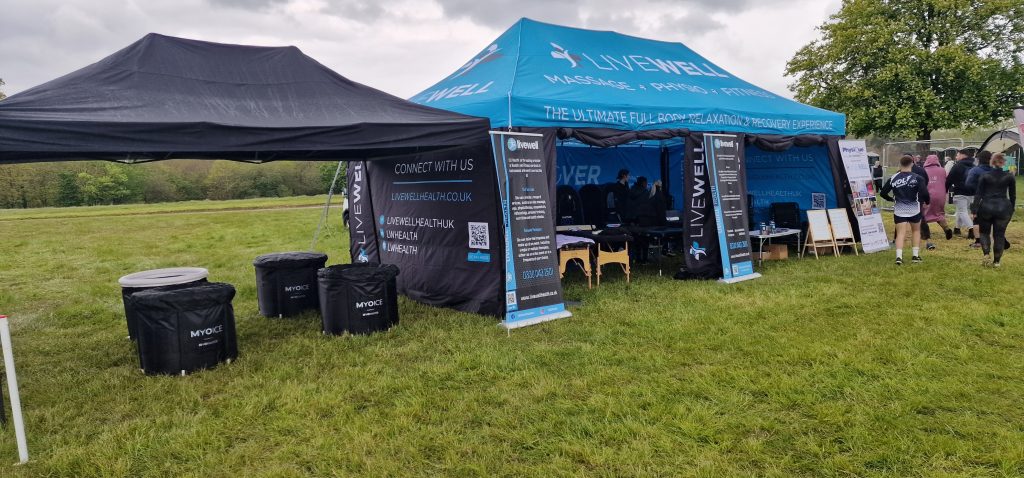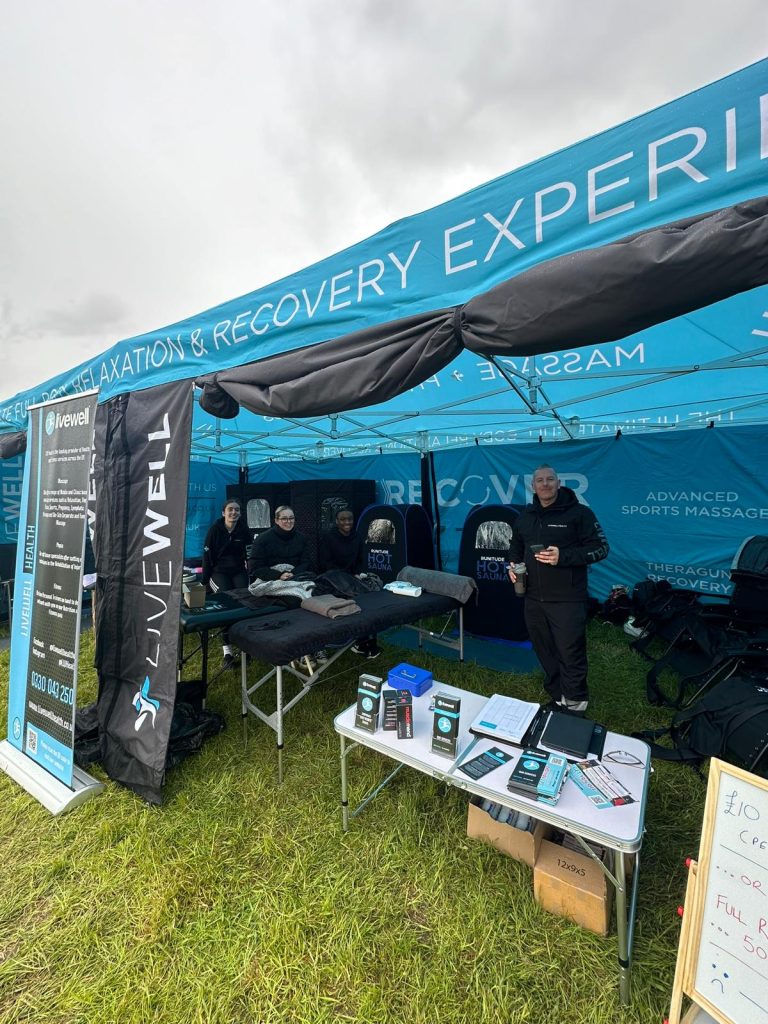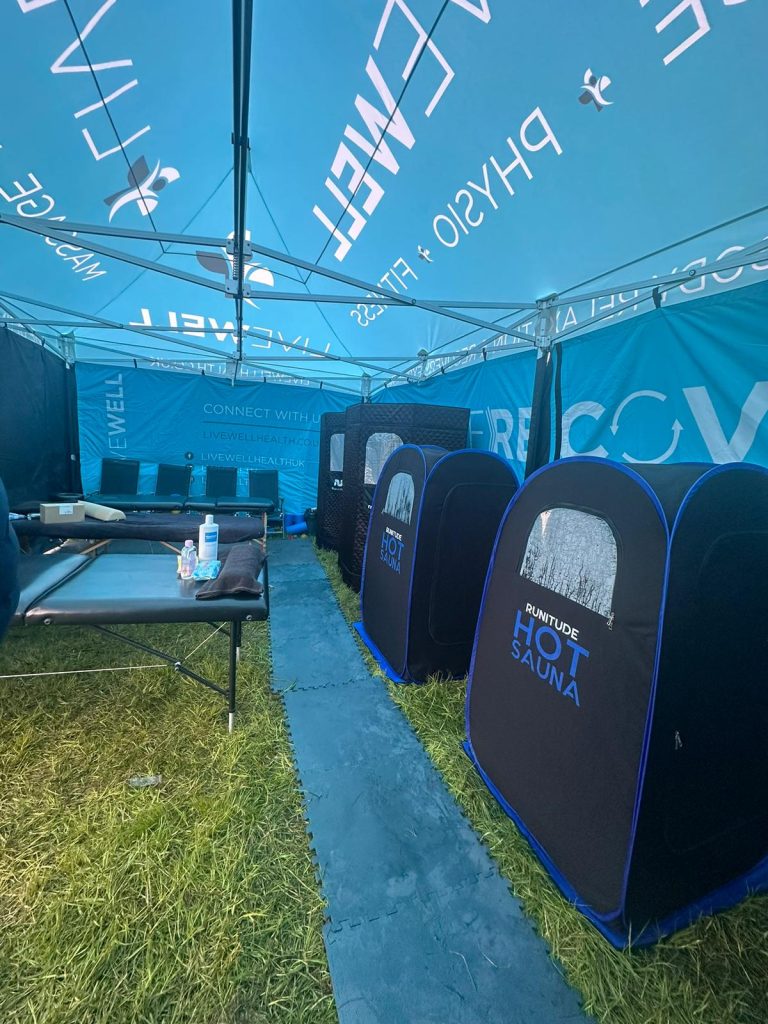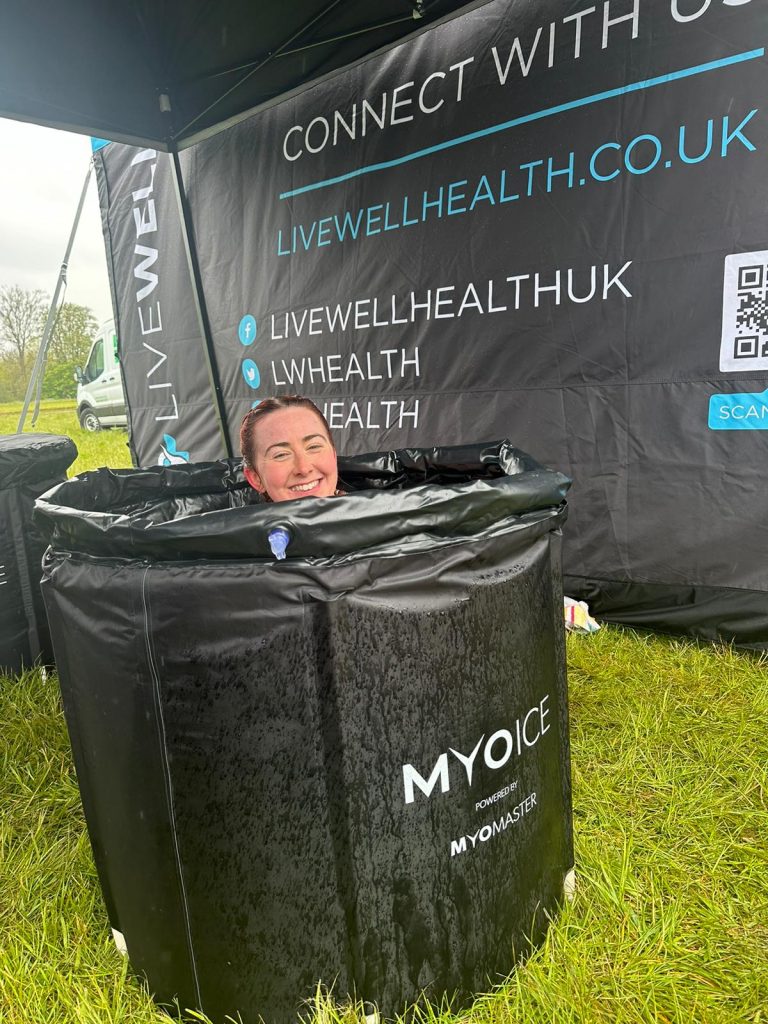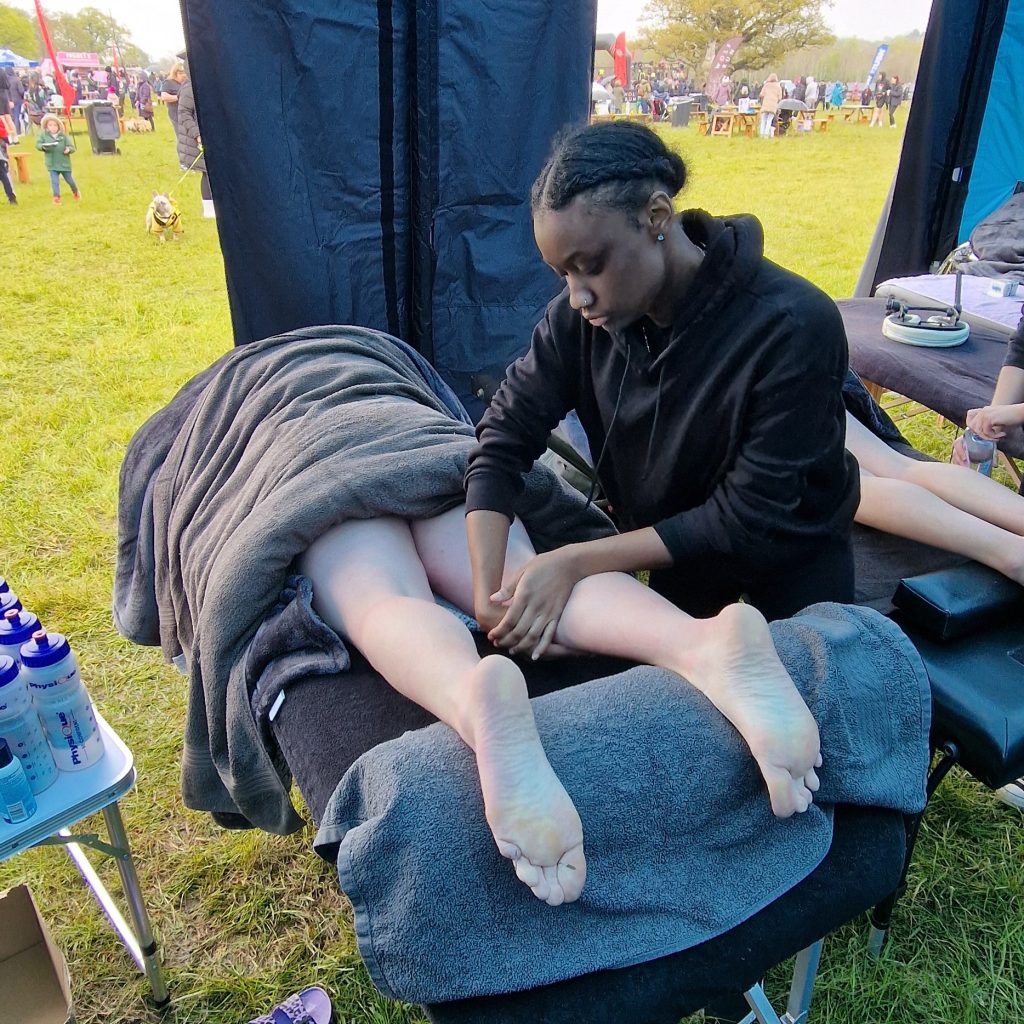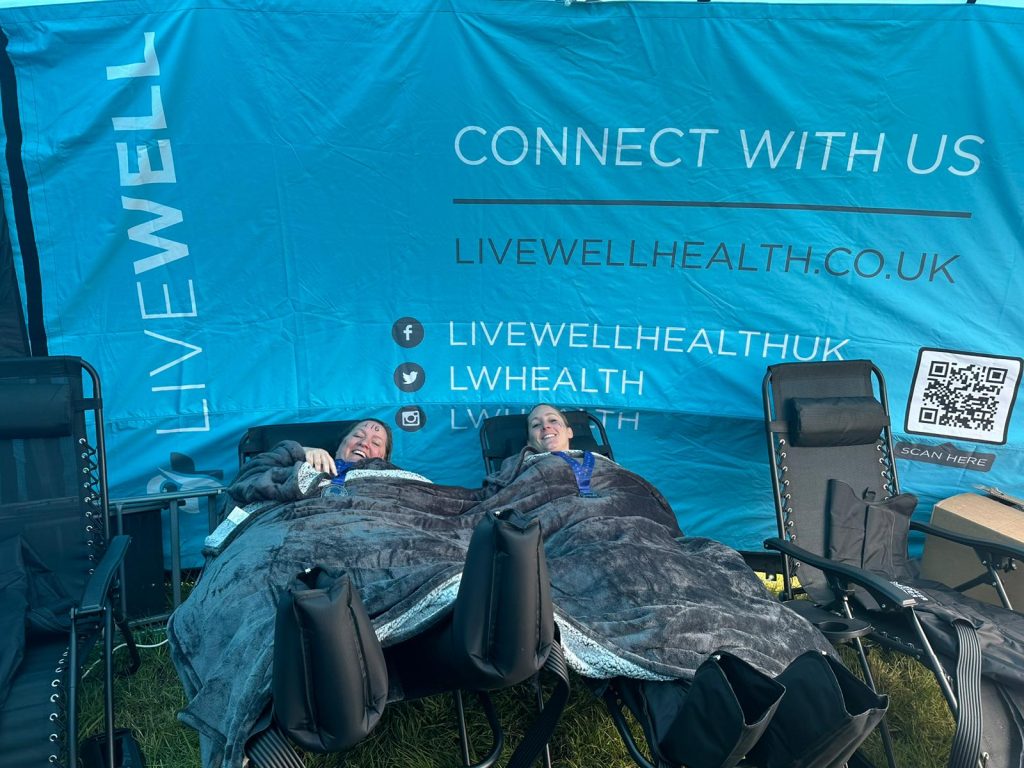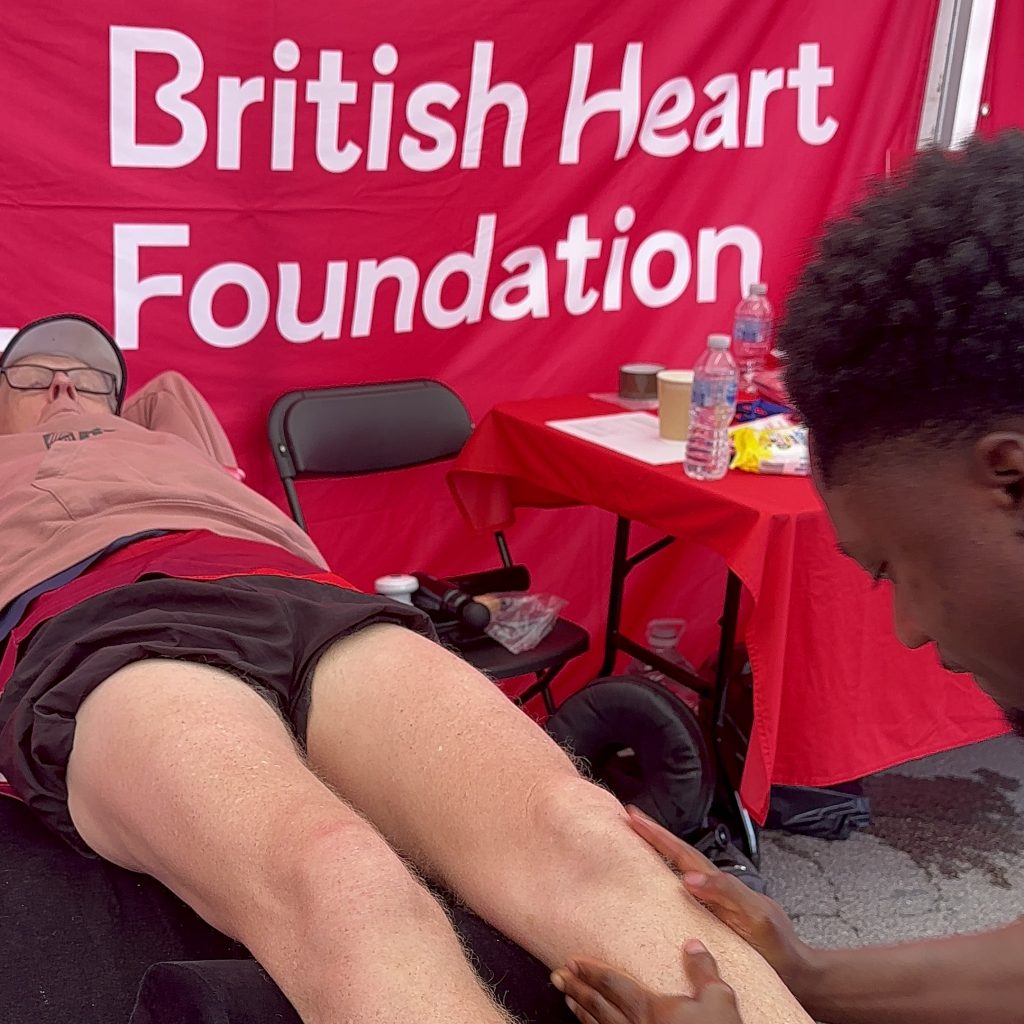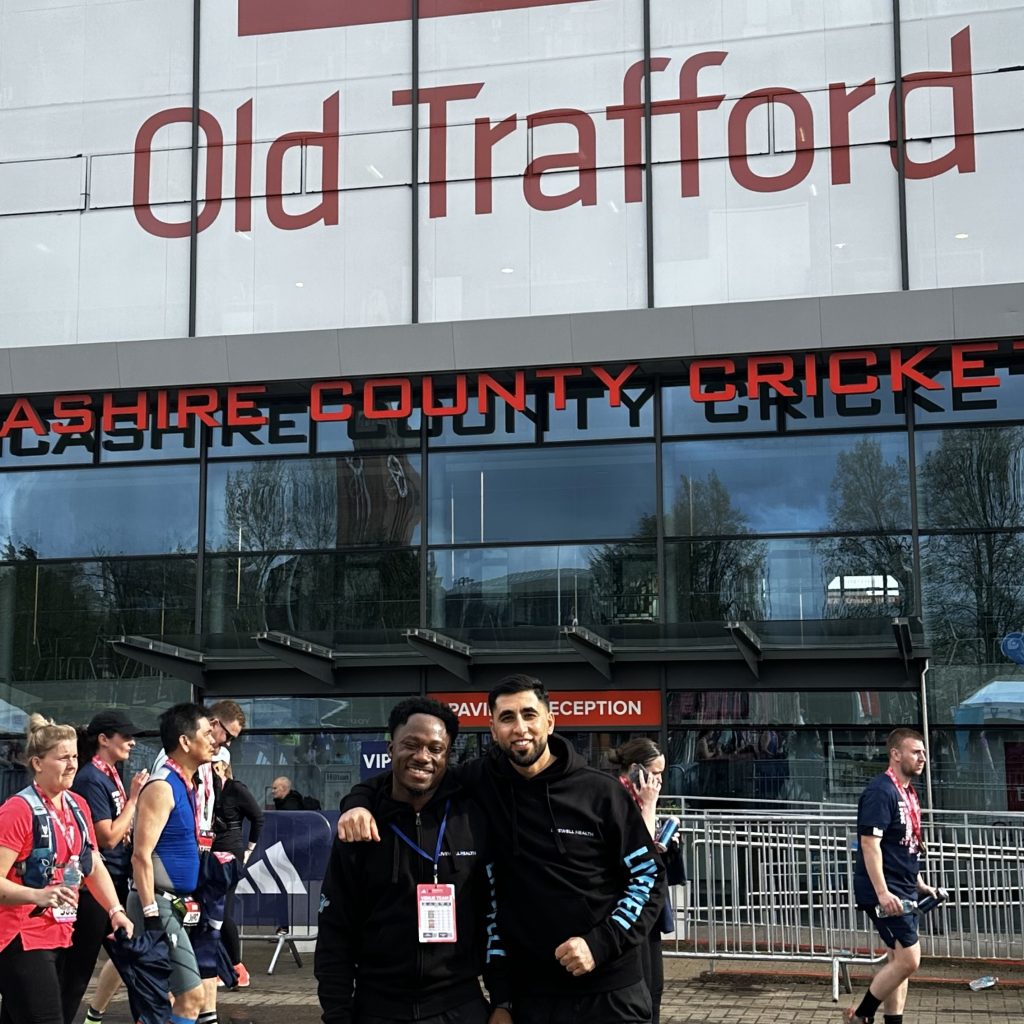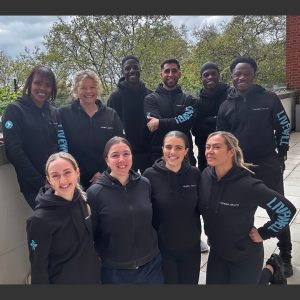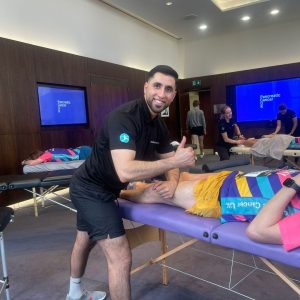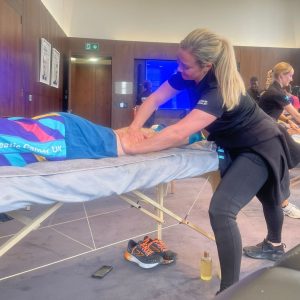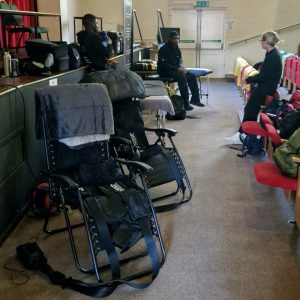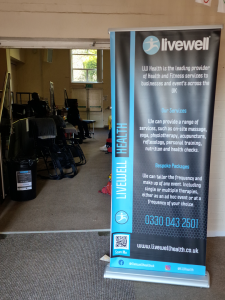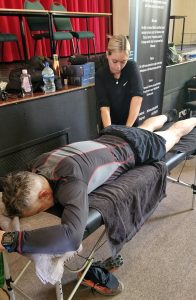Boosting Workplace Wellbeing at Inigo Insurance in London
In today’s fast-paced work environment, prioritising employee wellbeing has become essential for fostering a healthy and productive workplace culture. Recognizing this importance, Inigo Insurance recently partnered with LiveWell Health to provide their team with three days dedicated to enhancing their physical and mental wellness.
The first day kicked off with a blissful session of reflexology, where employees were treated to rejuvenating foot, hand and ear reflexology treatments in the comfort of a repurposed meeting room. Elle one of our Master Reflexologists, from LiveWell Health, worked her magic, relieving tension, reducing stress, and promoting relaxation with a combination of soothing techniques. As the gentle pressure melted away the worries of the day, the employees felt invigorated and ready to tackle their tasks with renewed energy.
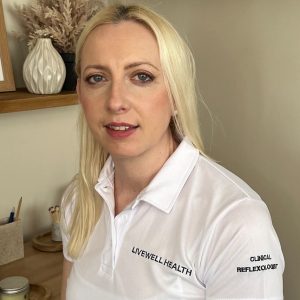
Next on the agenda was a day of office massage, Hannah one of our highly skilled massage therapists who specialises in on site massage, provided the employees with a day of relaxation and rejuventation. The massages focused on specific complaints that the employees were having such as neck tightness, lower back tightness and other muscular pains. With a mixture of soft and firm pressures, Hannah was able to provide a rare treat for the team at Inigo. The team experienced a deep sense of relaxation and a heightened state of balance, helping to alleviate both physical and mental stress.
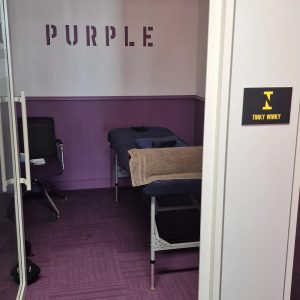
Rounding off the wellbeing initiative over the month of April, was a day dedicated to medical acupuncture, an ancient healing practice that involves the insertion of thin needles into specific points on the body to promote natural healing and pain relief. Under the guidance of qualified specialists from LiveWell Health, employees experienced the therapeutic benefits of this specialised service. From alleviating muscle pain and improving circulation to reducing anxiety and enhancing sleep quality, medical acupuncture proved to be a valuable addition to the employee wellbeing program.

Throughout the three days, the team at Inigo Insurance embraced the opportunity to prioritise their health and wellness. By investing in these holistic therapies, the company demonstrated its commitment to supporting its employees’ physical and mental health, ultimately fostering a more positive and resilient workforce.
The feedback from employees was overwhelmingly positive, with many expressing gratitude for the opportunity to unwind and recharge amidst their busy schedules. From improved morale and reduced absenteeism to increased productivity and creativity, the benefits of the wellbeing initiative were felt across the organisation. As such, it is now being rolled out monthly as part of their wider employee benefits offering.
As workplaces continue to evolve, initiatives like these highlight the importance of prioritising employee wellbeing as a cornerstone of organisational success. By investing in holistic therapies and wellness programs, companies like Inigo Insurance are not only nurturing the health and happiness of their employees but also cultivating a culture of care and compassion that sets them apart in today’s competitive landscape.
In conclusion, the partnership between Inigo Insurance and LiveWell Health exemplifies the power of proactive wellness initiatives in creating happier, healthier, and more engaged workplaces. Through thoughtful investments in employee wellbeing, organisations can pave the way for long-term success and prosperity, one rejuvenated employee at a time.
If you are interested in finding out how LiveWell Health can work with you on your employee wellbeing initiatives, please contact us today.


